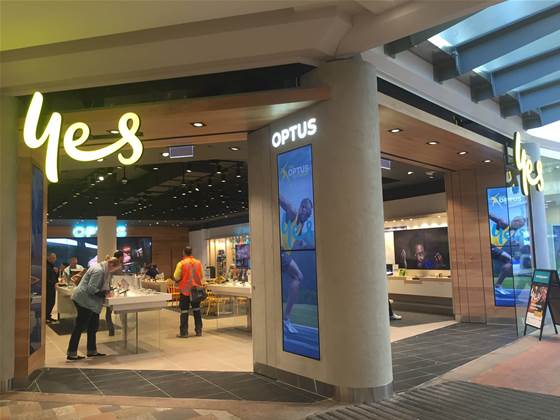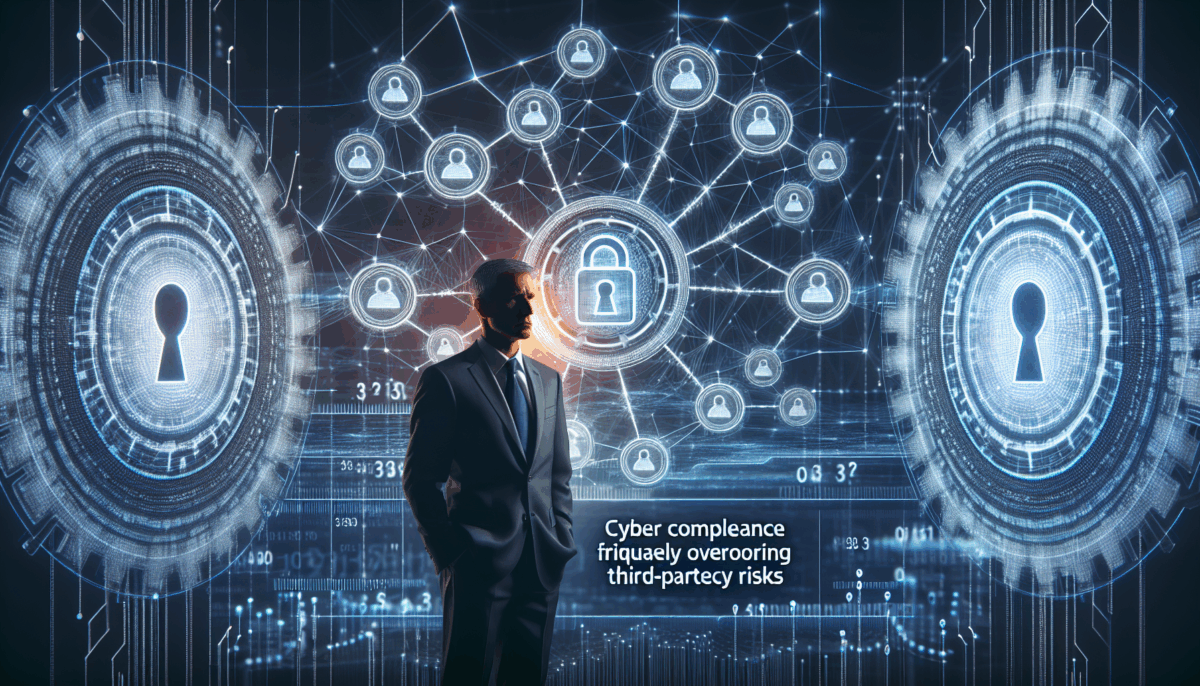Sora 2 Video Model Debuts: A Remarkable Advancement Toward the Uncanny Valley
We independently review everything we recommend. When you buy through our links, we may earn a commission which is paid directly to our Australia-based writers, editors, and support staff. Thank you for your support!

Brief Overview
- OpenAI debuts Sora 2, improving realism in AI-generated video content.
- Features a new ‘Cameo’ option for personal digital representation.
- Sora 2 demonstrates superiority over earlier models with 16-second high-definition video clips.
- Concerns about copyright arise from the inclusion of third-party material.
- Access is currently restricted to an invite-only beta in the US and Canada.
Presenting Sora 2: The Future of AI Video Production
OpenAI has launched Sora 2, an innovative generative AI text-to-video model that signifies a major leap in the realism of AI-generated imagery. Following the first release of Sora in early 2024, Sora 2 exhibits substantial enhancements in accurate video portrayal, comprehension of complex real-world physics, and the realistic representation of digital characters and settings.
Overcoming the Uncanny Valley
The idea of the uncanny valley, wherein AI-generated entities trigger discomfort due to their human-like likeness, is increasingly significant with Sora 2. The model can create videos so realistic that telling them apart from actual reality is becoming difficult, although some inconsistencies still occur. Future versions, such as Sora 3 and Sora 4, are expected to achieve even higher levels of realism.
Unveiling ‘Cameo’ for Personal Digital Presence
A highlight of Sora 2 is the ‘Cameo’ feature, enabling users to develop digital versions of themselves via a straightforward face-scanning procedure. This functionality enables users to include their digital avatars in videos, offering control over privacy and sharing settings. The capability to create videos with one’s own image and those of friends paves the way for novel creative expression.
The Sora 2 Application: AI-Powered Social Media Experience
Sora 2 launches a social media application similar to TikTok, but with a unique twist: all videos are AI-generated. This prompts fascinating inquiries regarding user preferences for AI-produced content. The app features various video categories, such as sports, advertising, and entertainment, captivating content creators and media influencers.
Technological Innovations and Market Competition
Equipped to create high-definition 16-second clips, Sora 2 outshines rivals like Google’s Veo 3, which only produced 8-second clips. The incorporation of synchronized audio, dialogue, and special effects further amplifies the immersive experience.
Addressing Copyright Issues
The use of copyrighted content in Sora 2 has ignited discussions, as content owners must actively opt-out to stop their material from being included in AI-generated videos. High-profile entities like Disney have already chosen to opt-out, emphasizing the ongoing legal and ethical dilemmas related to the generation of AI content.
Public Reactions and Noteworthy Demonstrations
The introduction of Sora 2 has caused a stir on social media, with users sharing breathtaking AI-crafted videos. Examples include futuristic cityscapes, imaginative scenarios, and digital representations of well-known figures like OpenAI CEO Sam Altman.
Availability and Cost Information
At present, Sora 2 is offered through an invite-only beta in North America, with no confirmed launch date for Australia. The app is accessible for download from the iOS App Store, permitting users to register for notifications for its release in additional regions. Initially free to use, Sora 2 plans to introduce a Pro version for ChatGPT Pro subscribers, delivering enhanced video generation quality.
Conclusion
Sora 2 signifies an extraordinary leap in AI video production, providing unprecedented realism and creative possibilities. With unique features such as ‘Cameo’ and high-definition capabilities, Sora 2 is poised to redefine our perception of AI-generated media. However, its handling of copyright issues and limited accessibility presents challenges that will influence its future implications.
Q: What distinguishes Sora 2 from its predecessor?
A: Sora 2 enhances realism, improves comprehension of real-world physics, and introduces the ‘Cameo’ feature for individual digital representation.
Q: What is the ‘Cameo’ feature in Sora 2?
A: ‘Cameo’ enables users to craft digital replicas of themselves for inclusion in AI-generated videos, allowing for privacy and sharing control.
Q: How does Sora 2 tackle copyright matters?
A: Sora 2 utilizes copyrighted content unless rights holders opt out. This method has generated debate, with companies like Disney deciding to opt-out, raising legal and ethical questions.
Q: Is Sora 2 accessible in Australia?
A: At this time, Sora 2 is in an invite-only beta phase in the US and Canada with no confirmed launch date for Australia.
For further details, visit https://openai.com/index/sora-2/










